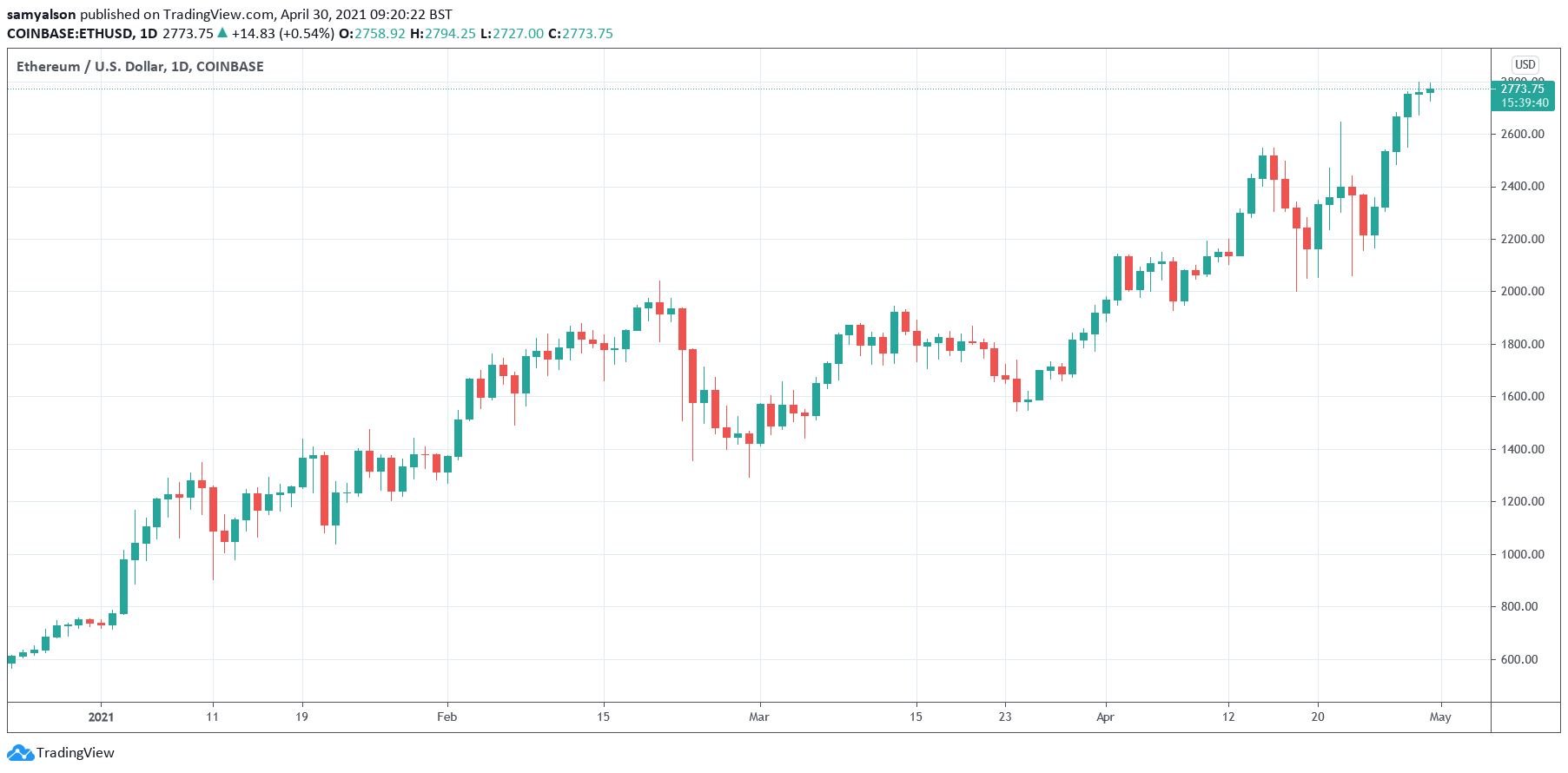With the ETH 2.0 upgrade well underway, the switch to Proof-of-Stake (PoS) would render miners redundant. What’s more, miners claim they are slowly being phased out, even before ETH 2.0 is fully rolled out. Community splits are difficult at the best of times, more so how the original chain tends to fare better. With that in mind, is Ethereum Genesys doomed to fail?
Ethereum Genesys Looking to Continue PoW
The successfully initiated the hard fork of the Ethereum mainnet in mid-April, which they called the “Maple Fork.” They intend to save the PoW mining community and produce a forked token called Ethereum Genesys (ETG).“Our first priority is to save the miners across the world the have been securing the Ethereum block chain since the beginning. Therefore we will stay a pure PoW blockchain. We do not agree with Ethereums [sic] future path forward with a pure PoS model.”Core devs are considering the implementation of in the London hard fork scheduled for July. This “Difficulty Bomb” increases the difficulty level of PoW puzzles. The result is longer block times and therefore less reward for miners. The difficulty will increase over time to the point of “Ice Age,” when mining becomes so difficult it’s not economically attractive to do so.
Founding member of EGF, Earl Mai, said the “Difficulty Bomb” is the first step in ending PoW mining on Ethereum. But thanks to the Maple Fork, this code has been disabled.
“The Ethereum GeneSys Foundation has disabled this code forever, so that mining can continue indefinitely. All parameters needed to enable the fork in the ‘geth’ and ‘openethereum’ code bases are submitted on GitHub for easy setup of nodes, including fork configuration changes.”The community response to ETG has been underwhelming, with little coverage of the split.
Community Sentiment
This month, community sentiment over the miners’ “show of force” against EIP 1559 was met with animosity.

Source:












